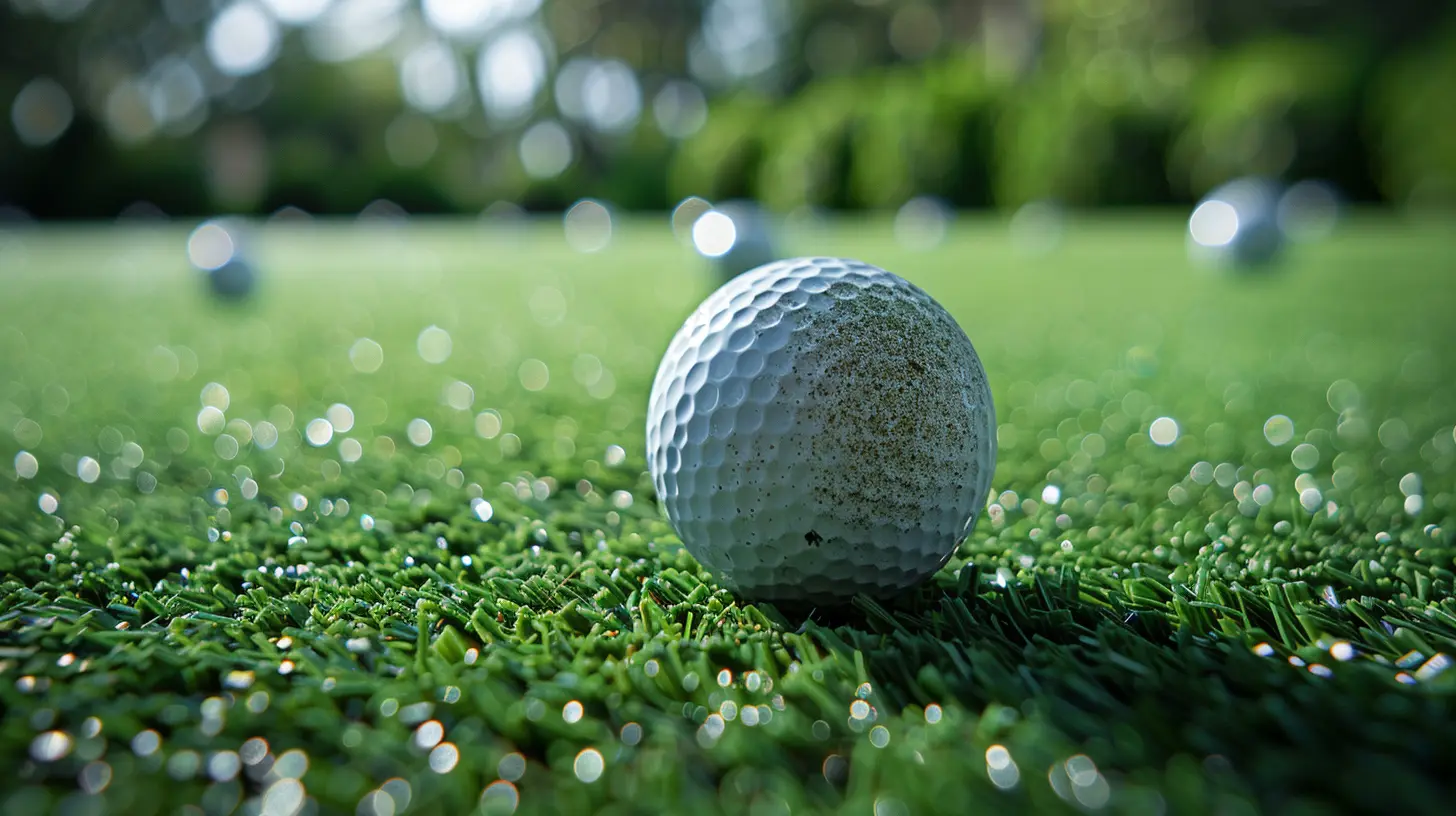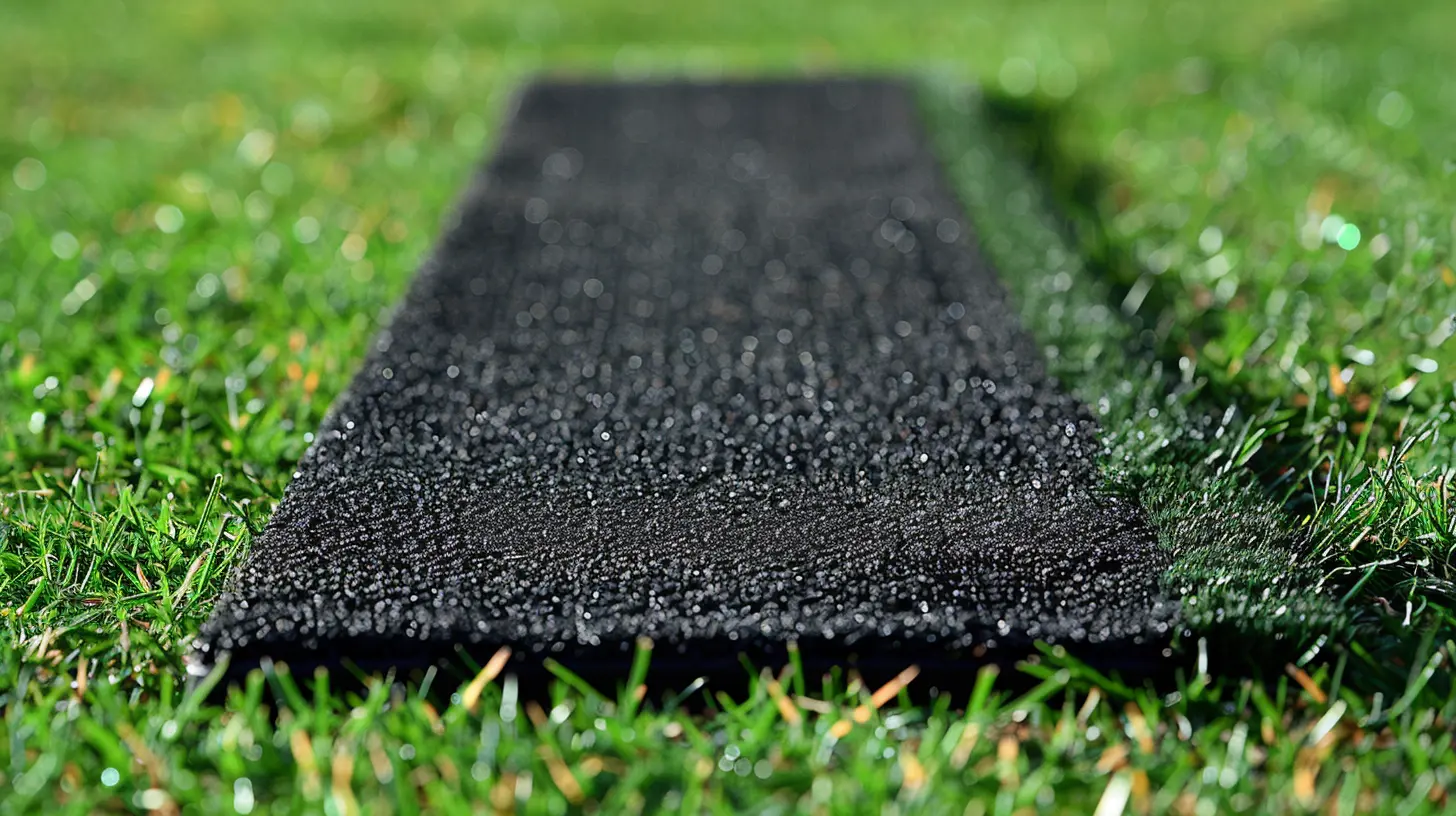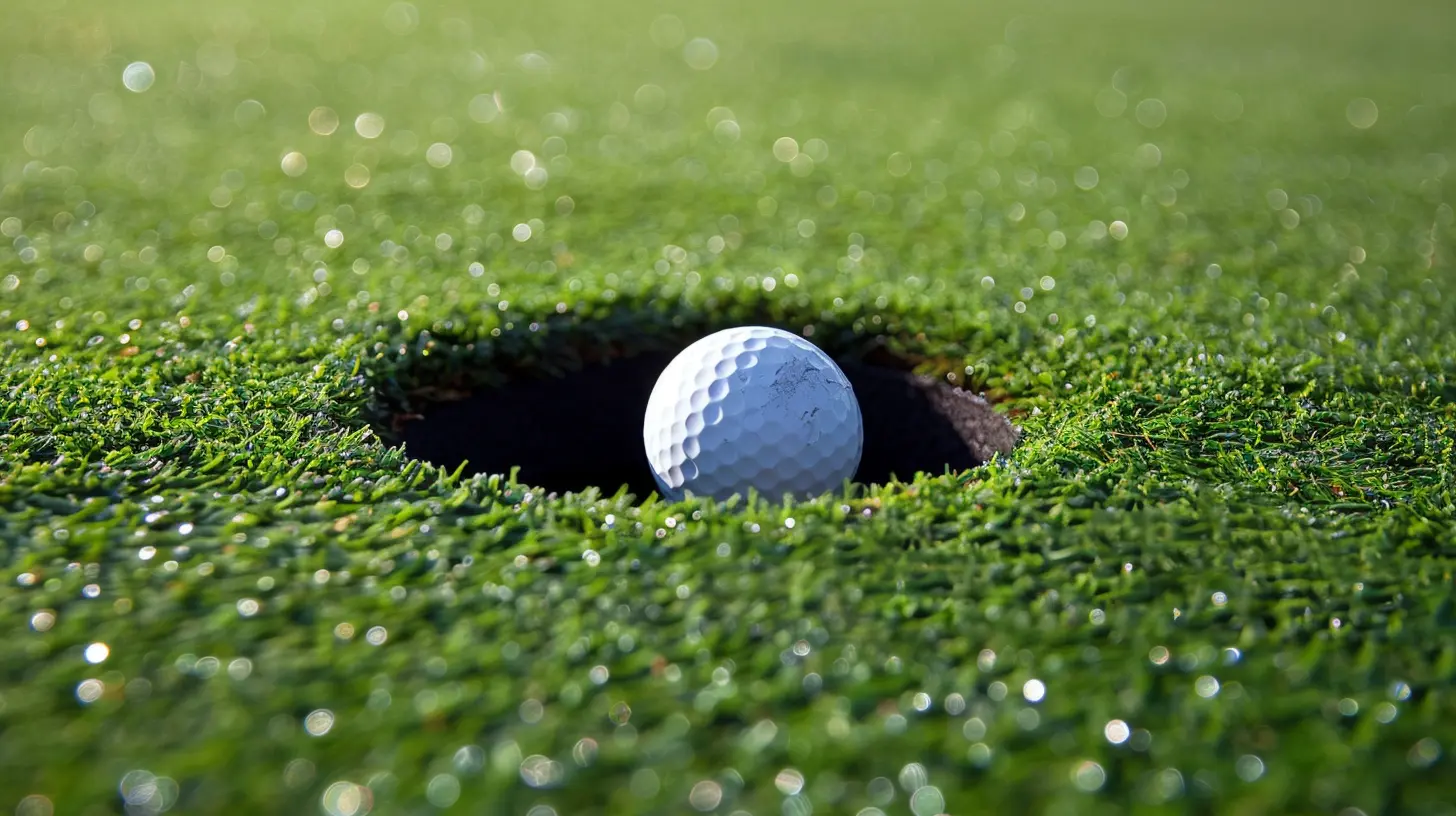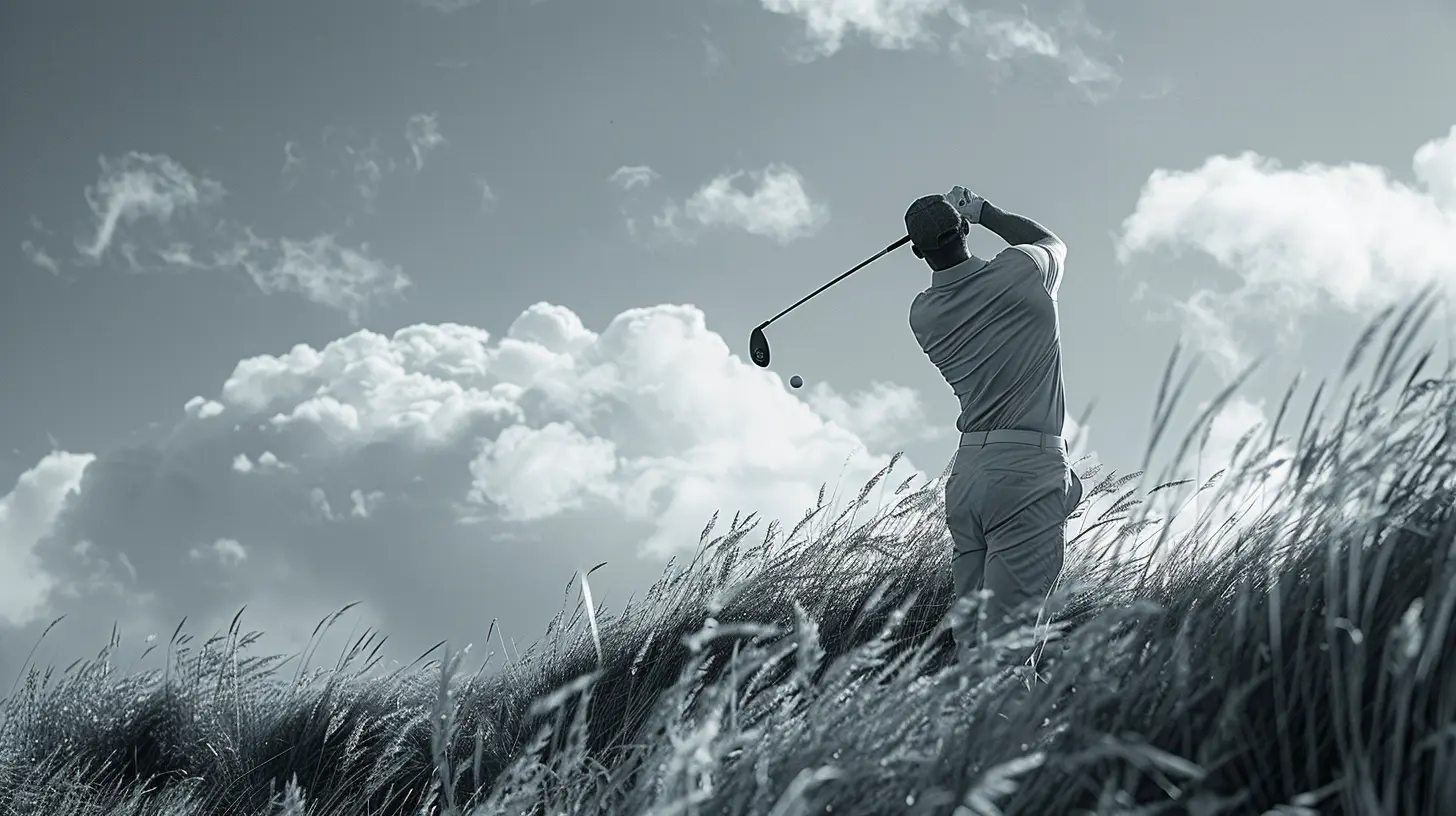Recovering from Injuries: Golf-Specific Rehabilitation Exercises
18 June 2025
Golf is a game of precision, patience, and skill. But it's also a physically demanding sport that can take a toll on your body—especially if you’re not careful. Whether you're a weekend warrior or a serious golfer, injuries can happen. And when they do, they can be frustrating, to say the least.
But here’s the good news: injuries don’t have to keep you off the course for good. Through targeted rehabilitation exercises, you can speed up recovery, strengthen your body, and get back to doing what you love most—swinging those clubs.
In this article, we’ll dive deep into golf-specific rehabilitation exercises that can help you recover from common injuries. We’ll cover everything from basic stretches to advanced strengthening techniques. Ready to find out more? Let’s get started.

Why Do Golf Injuries Happen?
Before we get into the exercises, let’s talk about why injuries occur in golf in the first place. Golf might not seem like the most intense sport compared to others, but it requires a lot of repetitive movement and puts strain on specific muscle groups and joints.Think about it: the golf swing is a complex action that involves your back, shoulders, wrists, hips, and even knees. Over time, improper swing mechanics or lack of flexibility can lead to muscle imbalances, joint stress, and—bam—you’ve got an injury.
Some of the most common golf injuries include:
- Back pain: Often caused by excessive twisting or poor posture during the swing.
- Golfer's elbow: Inflammation on the inside of the elbow from repetitive swinging.
- Shoulder injuries: Particularly rotator cuff strains from overuse.
- Knee pain: Usually due to the rotational forces during the swing, especially if you have pre-existing knee issues.
- Wrist injuries: Stress fractures or tendonitis from repetitive wrist movements.
Now, let’s get into the real juicy stuff—how to recover from these common injuries with golf-specific rehab exercises.

The Importance of Golf-Specific Rehabilitation
Rehabilitation isn't a one-size-fits-all situation. The exercises you use to recover from a golf injury should be tailored to the specific demands of the sport. Why? Because golf requires not just strength, but flexibility, balance, and coordination.A good golf-specific rehab program will help you:
- Restore full range of motion.
- Rebuild strength in critical areas like your core, shoulders, and back.
- Improve flexibility and mobility to prevent future injuries.
- Reinforce proper swing mechanics to avoid aggravating the injury.
Alright, let’s break it down by body part and get into the exercises.

1. Back Rehabilitation Exercises
If you've ever experienced back pain after a round of golf, you’re not alone. The twisting motion of the golf swing can wreak havoc on your lower back. Here are a few exercises to help you recover and strengthen your back muscles.Cat-Cow Stretch
This yoga-inspired stretch will help increase flexibility in your spine and ease tension in your lower back.- Start on all fours, with your wrists under your shoulders and knees under your hips.
- Inhale as you arch your back, bringing your head and tailbone up (this is the “cow” position).
- Exhale as you round your back, tucking your chin to your chest and drawing your tailbone down (this is the “cat” position).
- Repeat for 10-15 reps.
Pelvic Tilt
This exercise helps to strengthen your core and ease lower back pain.- Lie on your back with your knees bent and feet flat on the floor.
- Tighten your abdominal muscles and press your lower back into the floor, tilting your pelvis up slightly.
- Hold for 5 seconds, then relax.
- Repeat 10-15 times, focusing on controlled movement.
Bird Dog
The Bird Dog strengthens the muscles along your spine and improves balance.- Start on all fours, like in the Cat-Cow position.
- Extend your right arm forward and left leg straight behind you, keeping your back flat.
- Hold for 5 seconds, then return to the starting position.
- Switch sides, extending your left arm and right leg.
- Complete 10 reps on each side.

2. Elbow Rehabilitation: Golfer's Elbow
Golfer’s elbow can be seriously frustrating. It’s often caused by overuse or improper grip. The key to recovery is targeting the tendons in your forearm and elbow.Wrist Flexor Stretch
- Extend your arm in front of you with your palm facing up.- Use your other hand to gently pull your fingers back towards your body, stretching the inside of your forearm.
- Hold for 20-30 seconds and repeat 3 times on each arm.
Wrist Curls
Strengthening your forearm muscles can help prevent future elbow injuries.- Sit with your forearm resting on a table or your thigh, palm facing up.
- Hold a light dumbbell (start with 1-2 pounds).
- Curl your wrist up towards your body, then slowly lower it back down.
- Repeat 10-15 times on each arm.
Reverse Wrist Curls
This is the opposite of the previous exercise, focusing on the muscles on the top of your forearm.- Hold the dumbbell with your palm facing down.
- Curl your wrist up and then slowly lower it back down.
- Repeat 10-15 times on each arm.
3. Shoulder Rehabilitation: Rotator Cuff Recovery
Shoulder injuries are common in golf, especially if you’re swinging with poor mechanics. These exercises will help restore mobility and strength in your shoulders.Pendulum Swings
This is a gentle way to get your shoulder moving without putting too much strain on it.- Lean forward and let your injured arm hang down.
- Swing your arm in small circles—about the size of a dinner plate.
- Do 10 circles in each direction.
External Rotations
This exercise strengthens the rotator cuff muscles, which are critical for stabilizing your shoulder during a swing.- Lie on your side with your injured arm on top.
- Hold a light dumbbell in your top hand with your elbow bent at 90 degrees.
- Keeping your elbow against your side, slowly rotate your arm up and away from the floor.
- Lower it back down in a controlled manner.
- Repeat 10-15 times.
Wall Angels
This is an excellent exercise for improving shoulder mobility and posture—key factors in a smooth golf swing.- Stand with your back against a wall, feet a few inches away from the wall.
- Press your lower back, upper back, and head against the wall.
- Bring your arms up in a “goalpost” position, with elbows bent at 90 degrees.
- Slowly slide your arms up and down the wall, keeping your back pressed against it.
- Repeat for 10-15 reps.
4. Knee Rehabilitation
Knees take a lot of strain in golf, especially during the twisting motion of the swing. Strengthening the muscles around your knees will help protect them.Quad Sets
This simple exercise helps to activate and strengthen your quadriceps.- Sit on the floor with your legs extended in front of you.
- Tighten the muscles in your thigh and press the back of your knee down into the floor.
- Hold for 5 seconds, then relax.
- Repeat 10-15 times on each leg.
Hamstring Curls
Strengthening your hamstrings can help balance out your leg muscles and reduce strain on your knees.- Lie face down on the floor.
- Slowly bend your knee, bringing your heel towards your butt.
- Hold for 2 seconds, then lower it back down.
- Repeat 10-15 times on each leg.
Step-Ups
This exercise strengthens your quads, glutes, and hamstrings, all of which support your knees.- Find a step or a sturdy platform.
- Step up with your right foot, bringing your left foot up to meet it.
- Step back down with your right foot, followed by your left.
- Repeat 10-15 times, then switch to the other leg.
5. Wrist Rehabilitation
Wrist injuries are another common issue in golf, especially if you’re hitting out of thick rough or have poor wrist mechanics. Strengthening the muscles around your wrist can help prevent injuries.Wrist Extensions
This exercise strengthens the muscles on the top of your forearm.- Hold a light dumbbell in your hand, palm facing down.
- Rest your forearm on your thigh or a table.
- Slowly lift your hand up, extending your wrist.
- Lower it back down in a controlled motion.
- Repeat 10-15 times on each wrist.
Wrist Flexions
This is the opposite of the wrist extension, focusing on the bottom part of your forearm.- Hold the dumbbell with your palm facing up.
- Slowly lift your hand towards your body, bending at the wrist.
- Lower back down.
- Repeat 10-15 times on each wrist.
The Road to Recovery
Recovering from a golf injury takes time, patience, and dedication. But with these golf-specific rehabilitation exercises, you can rebuild strength, flexibility, and mobility—giving you the best chance to return to the course without pain.Remember, it’s always important to consult with a healthcare professional or physical therapist before starting any rehab program, especially if you have a significant injury. They can guide you through the exercises and ensure you’re doing them correctly.
In the meantime, keep working on your flexibility, core strength, and swing mechanics to prevent future injuries. Your body will thank you, and so will your golf game.
###
all images in this post were generated using AI tools
Category:
GolfAuthor:

Umberto Flores
Discussion
rate this article
1 comments
Niva Good
Who knew rehab could be par-tee time? While we may not be swinging like Tiger just yet, these golf-specific exercises are the perfect way to get back in the game. Let’s just hope the only thing we’re driving into the rough is our sense of humor — not our golf balls!
June 21, 2025 at 4:03 AM

Umberto Flores
Absolutely! Rehab can definitely be a fun and productive journey. Let's keep swinging towards recovery, one laugh at a time!


